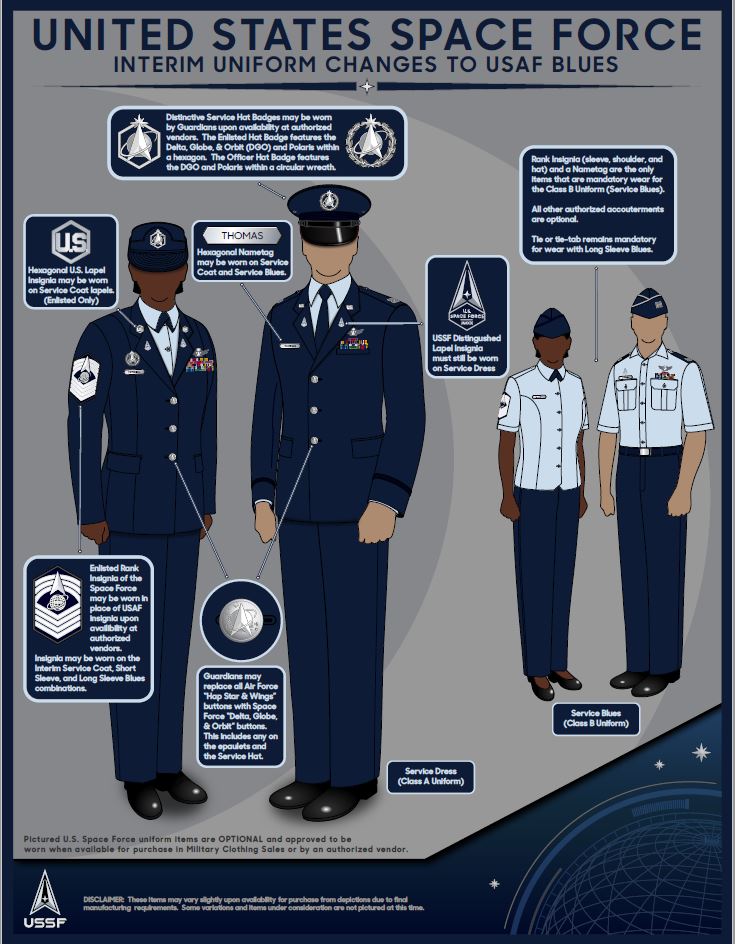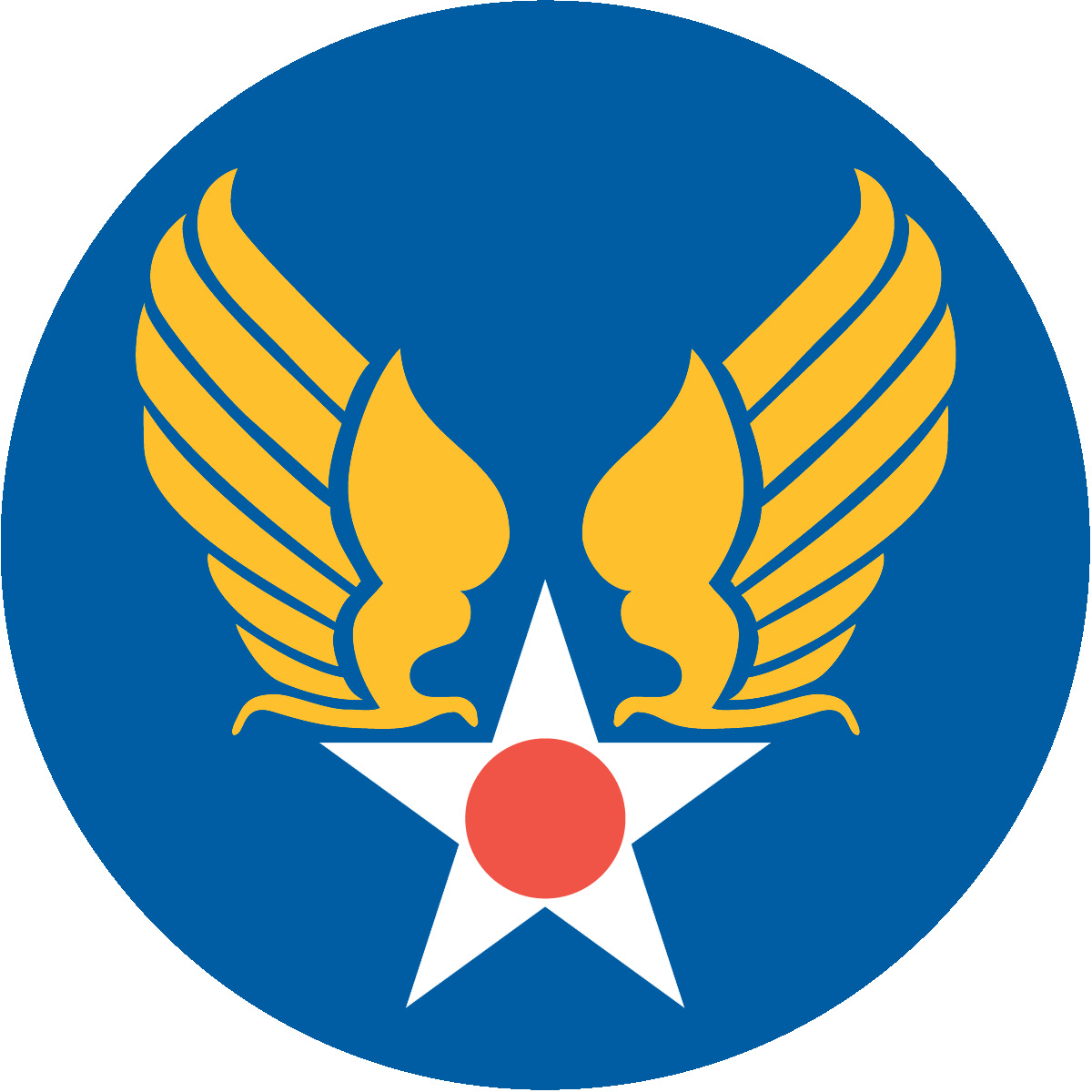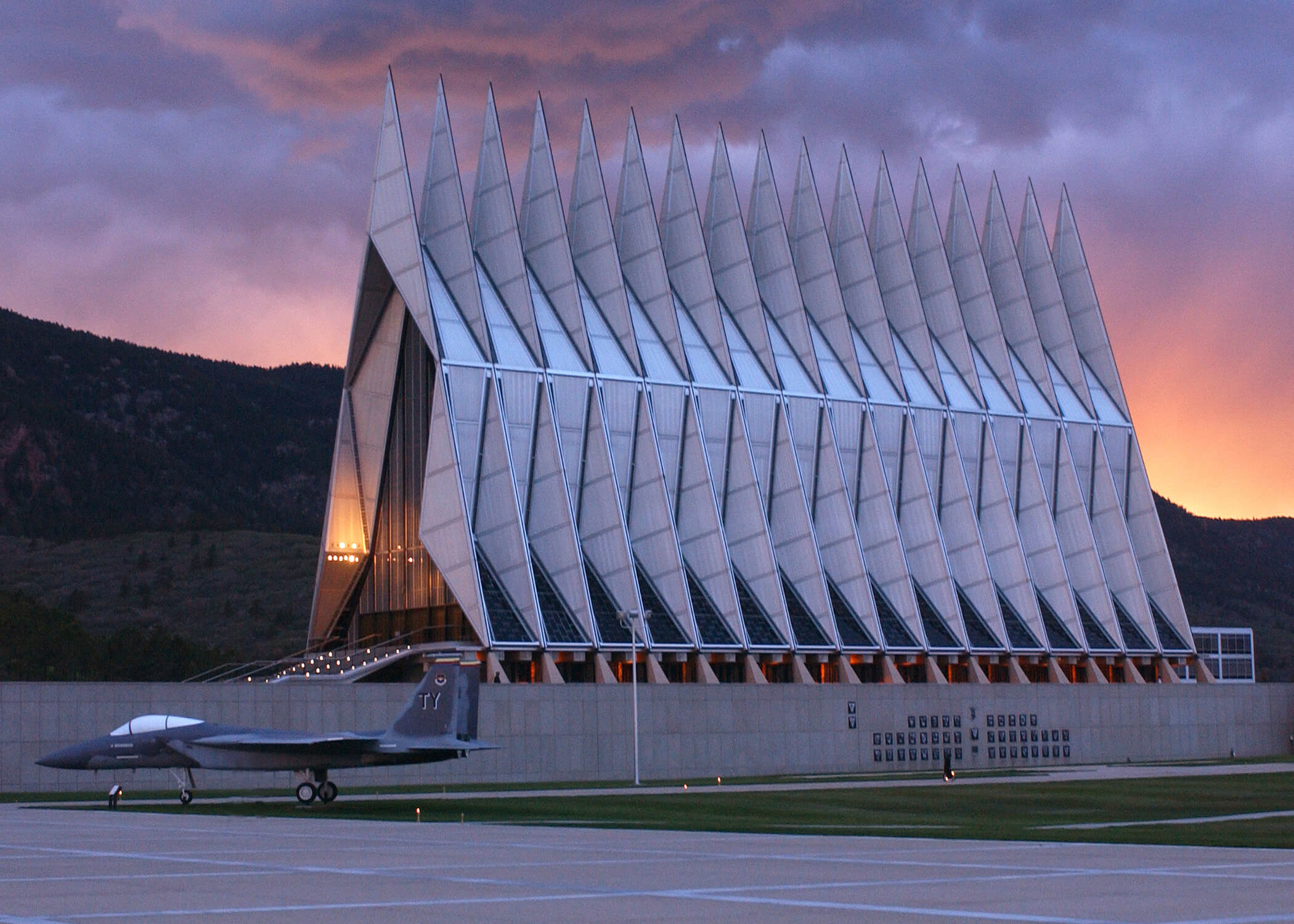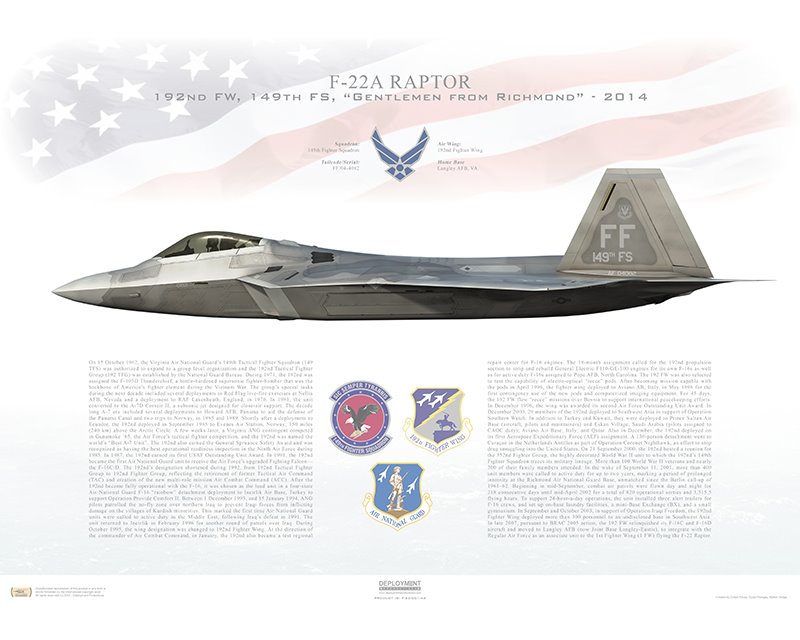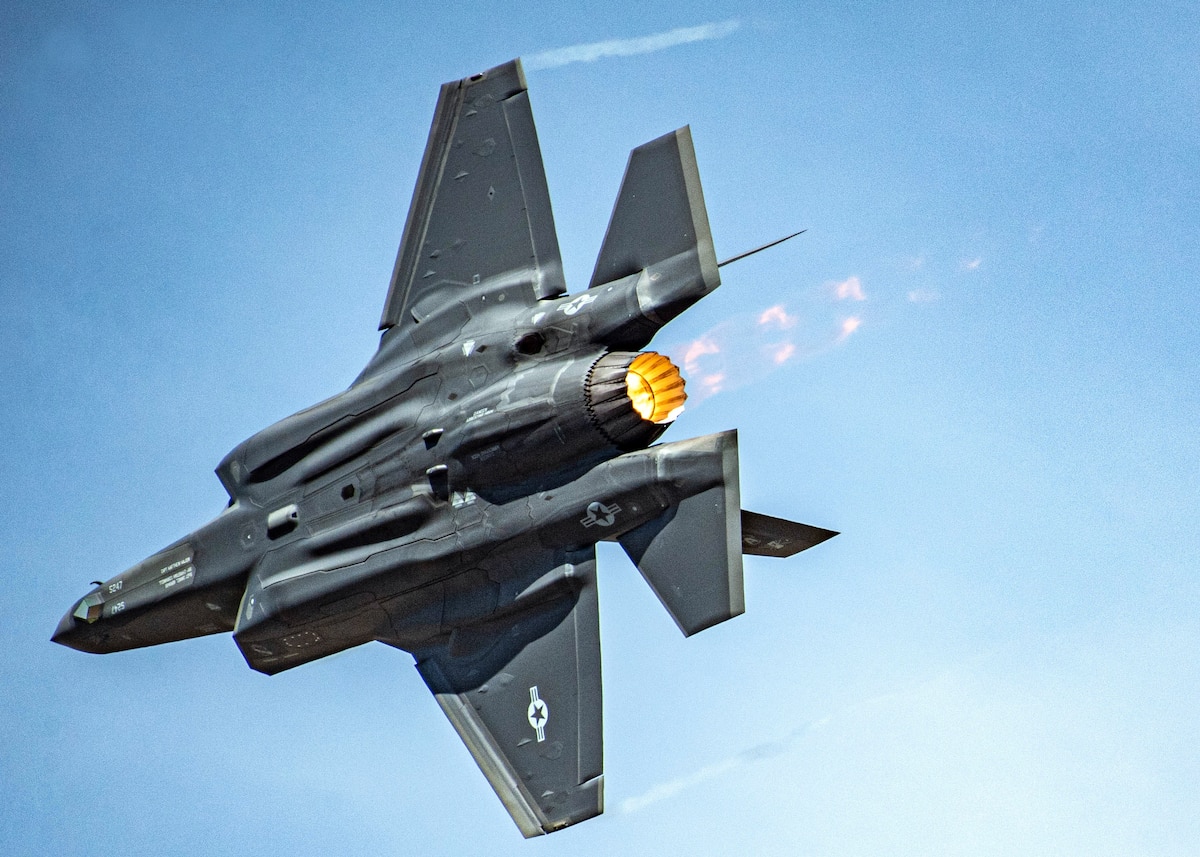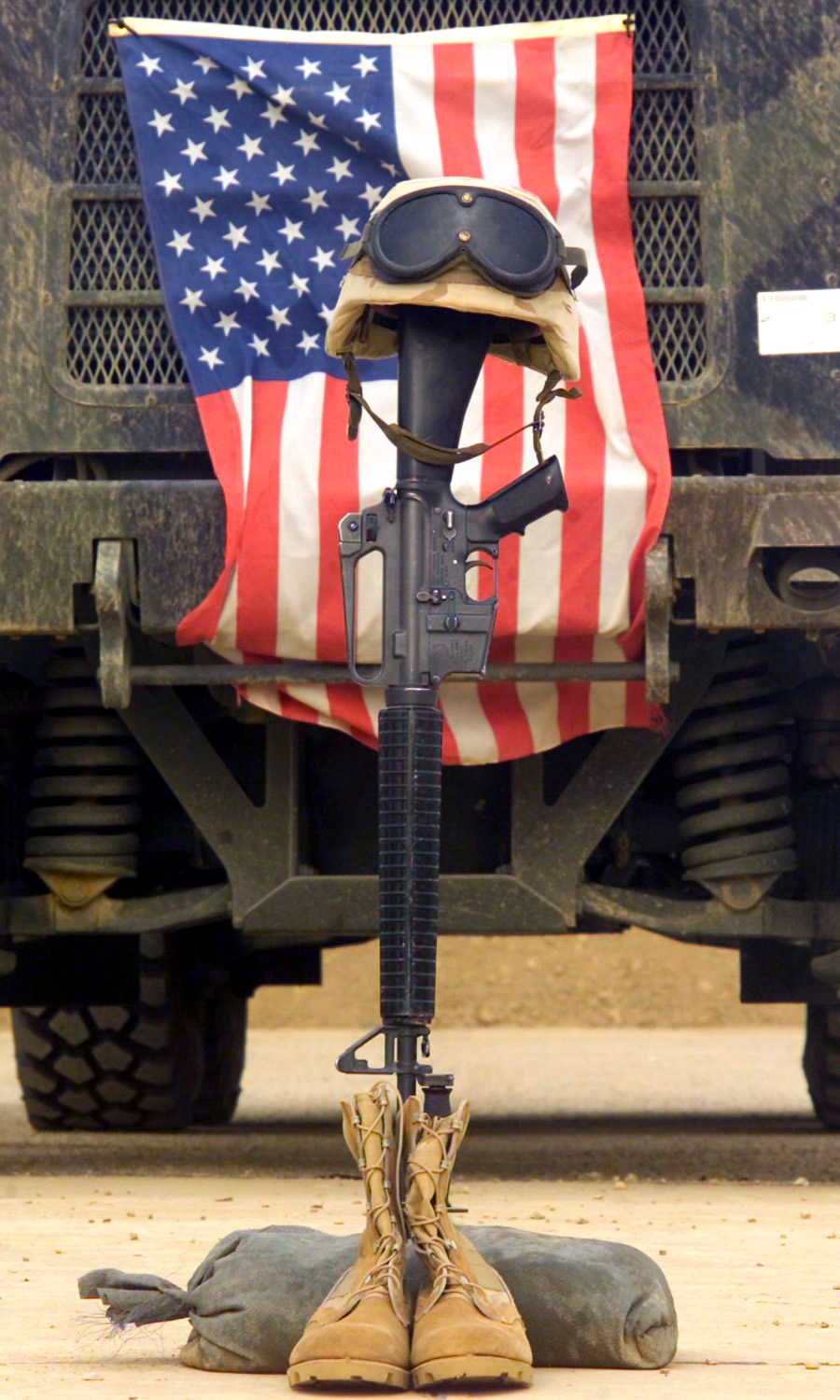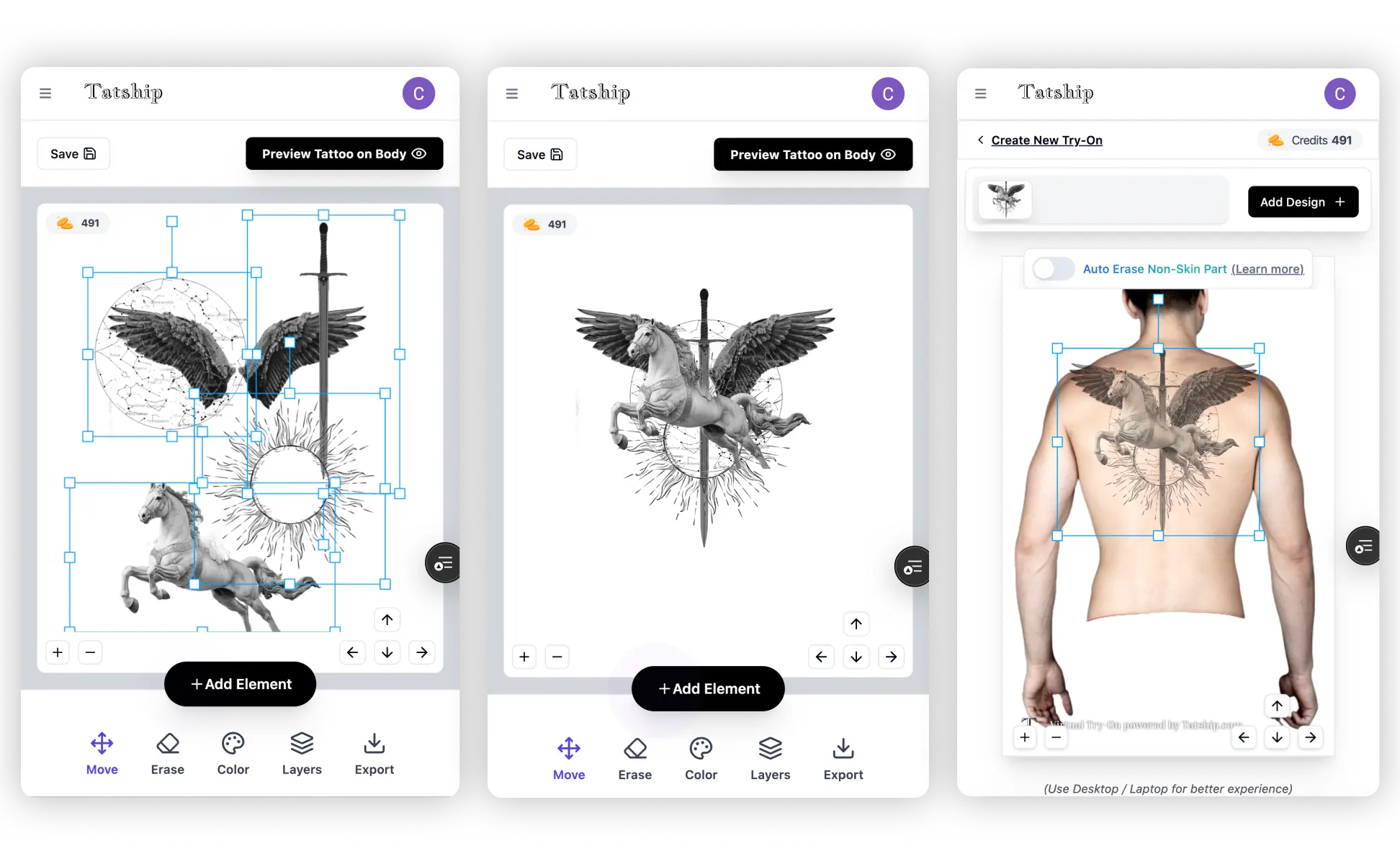The Ultimate Guide: 25 Air Force Tattoos That Honor Your Service and Pass Regulations
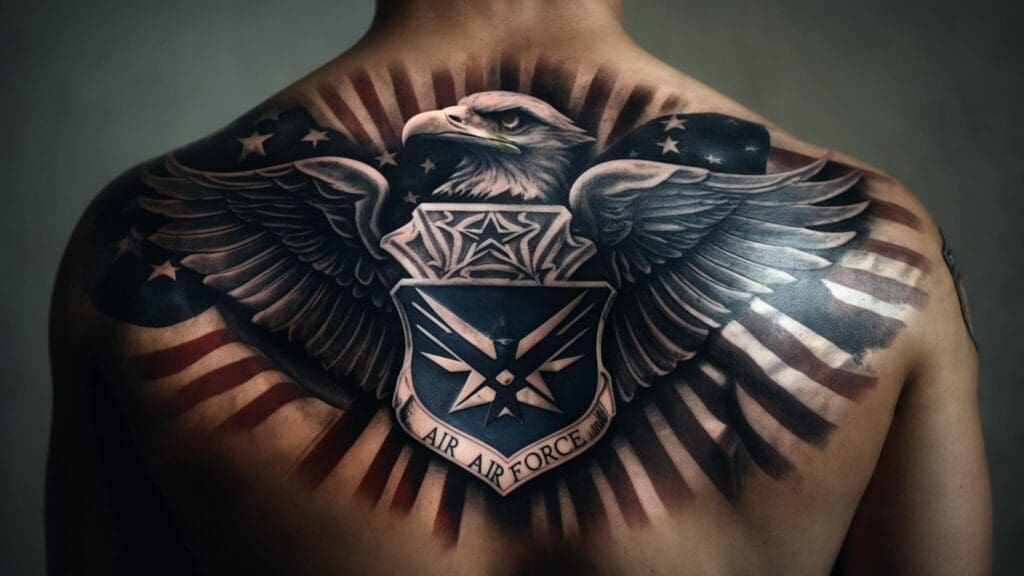
Air Force tattoo regulations have evolved significantly, with recent updates allowing small hand and neck tattoos for the first time in decades. According to the American Tattoo Society, the Air Force updated its policy in 2023 to include hand and neck tattoos, marking a huge break from traditional military tattoo norms. I remember when my squadron buddy got his first air force tattoo back in 2018 – he spent weeks researching placement options to ensure dress uniform compliance.
Today’s airmen have more flexibility than ever, but choosing the right design still requires careful consideration of regulations, artistic quality, and personal meaning. This comprehensive guide covers 25 top air force tattoo designs across five military categories, helping you make an informed decision that honors your service for decades to come.
Recent Air Force policy changes now permit one tattoo per hand (maximum 1 inch) and one neck tattoo (1 inch maximum), expanding placement options while maintaining professional appearance standards. Design selection must balance regulation compliance, artistic longevity, cultural significance, strategic placement, and technical execution quality to create meaningful military artwork.
Table of Contents
- Key Considerations for Air Force Tattoo Selection
- Classic Air Force Symbols and Insignia (Designs 1-5)
- Aircraft and Aviation Heritage (Designs 6-10)
- Squadron and Unit Pride (Designs 11-15)
- Memorial and Honor Designs (Designs 16-20)
- Patriotic and American Themes (Designs 21-25)
- Design Quality Analysis and Compliance Assessment
- How Tattoo Generator IQ Supports Military Tattoo Excellence
- Final Thoughts
TL;DR
- Air force tattoo regulations now allow small hand and neck tattoos while maintaining professional appearance standards
- 25 top designs span five categories: classic symbols, aircraft heritage, squadron pride, memorial tributes, and patriotic themes
- Successful Air Force tattoos require regulation compliance, quality execution, cultural significance, strategic placement, and skilled artistry
- Classic symbols and patriotic designs offer superior longevity, while aircraft and memorial pieces demand expert technical execution
- Professional AI design tools help bridge the gap between concept and execution for military-specific tattoo requirements
The air force tattoo landscape has changed dramatically, giving you more options than ever before.
Key Considerations for Air Force Tattoo Selection
Selecting an air force tattoo involves five critical factors that determine both immediate compliance and long-term satisfaction. Current regulations permit tattoos on most body areas but restrict visibility in dress uniform, meaning placement above the collar line or on hands/fingers follows specific size limitations. Professional execution becomes paramount for military tattoos representing decades of service, with simple, bold designs typically maintaining their appearance better than intricate details.
Cultural and historical significance ensures your air force tattoo honors Air Force heritage while reflecting personal military experience, requiring research into squadron histories and military symbolism. Strategic placement considers both regulation compliance and aesthetic impact, while artist selection demands experience with precise line work and technical accuracy.
Air Force tattoo policy allows most body placements but prohibits visibility in dress uniform, with hand tattoos limited to one per hand (1 inch maximum) and single neck tattoos (1 inch maximum) under 2023 updates. Design longevity depends on line weight, shading complexity, and high-contrast elements that maintain visibility throughout the tattoo’s lifespan while honoring authentic military heritage.
| Placement Location | Regulation Status | Size Limitations | Dress Uniform Visibility | Career Impact |
|---|---|---|---|---|
| Upper Arms/Shoulders | Fully Permitted | No size restrictions | Not visible | Minimal |
| Chest/Back | Fully Permitted | No size restrictions | Not visible | Minimal |
| Forearms | Fully Permitted | No size restrictions | Not visible | Minimal |
| Hands | Newly Permitted (2023) | 1 inch maximum, one per hand | Visible | Moderate consideration |
| Neck | Newly Permitted (2023) | 1 inch maximum, single tattoo | Visible | Moderate consideration |
| Face/Head | Prohibited | N/A | N/A | Career ending |
Air Force Tattoo Policy Compliance
Current Air force tattoo policy creates specific parameters for tattoo placement, size, and content that directly impact your design choices. Tattoos cannot be visible in dress uniform, eliminating placement above the collar line except for the newly authorized small neck tattoos. Size limitations restrict visible tattoos to no more than 25% of exposed body parts, while content must align with Air Force values by avoiding offensive, extremist, or unprofessional imagery.
Understanding these air force tattoo regulations prevents costly mistakes and ensures your tattoo supports rather than hinders your military career. The new air force tattoo policy represents a significant shift in military culture, but compliance remains essential for career progression.
Dress uniform visibility restrictions require strategic placement on shoulders, arms, chest, and back areas that remain covered during formal military occasions. Content standards prohibit imagery associated with gangs, extremist organizations, or anything advocating discrimination while requiring alignment with Air Force core values.
Source: defense.gov
Design Quality and Longevity
Professional execution determines whether your air force tattoo maintains its impact and meaning throughout decades of service and beyond. Line weight, shading complexity, and design elements directly affect how tattoos age over time, with simple, bold designs resisting blur and maintaining definition better than intricate details. High-contrast elements ensure visibility and impact throughout the tattoo’s lifespan, while poor execution can diminish the honor and respect your military service deserves.
Understanding tattoo aftercare secrets becomes crucial for maintaining your military ink’s appearance and significance over time.
Bold geometric designs with high contrast resist fading and maintain definition over 20-30 years, while fine details may require touch-ups every 8-10 years. Professional military tattoo execution demands understanding of how skin aging, sun exposure, and muscle changes affect design integrity over time.
Cultural and Historical Significance
Air force tattoos should honor the service’s heritage while reflecting your personal military experience through authentic symbolism and historical accuracy. Research into squadron histories, aircraft significance, and military traditions ensures your design carries genuine meaning rather than generic military imagery. Authentic representation connects your tattoo to specific service experiences, creating lasting personal significance that transcends simple aesthetic appeal.
Squadron histories, aircraft specifications, and military symbolism provide authentic design elements that connect to specific Air Force traditions and personal service experiences. Generic military imagery lacks the personal connection and cultural depth that makes Air Force tattoos meaningful representations of individual service and sacrifice.
Placement Strategy
Strategic placement balances regulation compliance with aesthetic impact while considering long-term career implications. Popular locations include shoulders, arms, chest, and back areas that remain covered in dress uniform, with the new hand and neck options providing additional possibilities for smaller designs. Career longevity and potential civilian employment requirements factor into placement decisions, ensuring your air force tattoo supports rather than limits future opportunities.
Consider researching shoulder tattoo costs when planning your military ink investment.
Upper arms, shoulders, chest, and back provide maximum canvas space for complex designs while ensuring dress uniform compliance and professional appearance. Career transition considerations include civilian employment requirements and how tattoo placement might affect post-military opportunities in various professional fields.
Artist Selection and Technical Execution
Military tattoos require artists experienced with precise line work, technical accuracy, and attention to detail that honors your service commitment. Research portfolios specifically featuring military work, verify understanding of Air Force symbols and aircraft, and ensure the artist can execute complex technical elements accurately. The investment in skilled artistry pays dividends through decades of pride in your air force tattoo.
Military-experienced tattoo artists understand the precision required for insignia accuracy, aircraft technical details, and regulation compliance that civilian artists might overlook. Portfolio verification should include examples of military work, technical line precision, and understanding of Air Force-specific symbols, aircraft, and cultural elements.
TSgt Martinez’s Wings Selection Process: When Technical Sergeant Martinez decided on his first Air Force tattoo in 2022, he spent three months researching artists in his area who specialized in military work. He visited five shops, examined portfolios, and specifically looked for examples of accurate wing designs and military insignia. His chosen artist had completed over 200 military tattoos and could demonstrate proper proportions for the Hap Arnold wings symbol. The final result required two 4-hour sessions and cost $800, but Martinez reports complete satisfaction two years later with no touch-ups needed.
Classic Air Force Symbols and Insignia (Designs 1-5)
Classic Air Force symbols represent the foundation of military tattoo tradition, featuring iconic imagery that has defined the service for decades. These designs emphasize timeless elements like the Hap Arnold wings, enlisted rank progression, and institutional symbols that maintain relevance throughout changing military landscapes. The category offers superior regulation compliance and longevity while honoring Air Force heritage through established visual traditions that connect current airmen to generations of service members.
Classic symbols utilize established military iconography with proven longevity, featuring bold geometric elements and traditional color schemes that resist aging effects. Institutional imagery like wings, chevrons, and heritage symbols provide universal Air Force recognition while allowing personalization through service dates and unit information.
These air force tattoo designs have stood the test of time for good reason – they capture the essence of Air Force identity without relying on trends that might feel dated in a decade. When you’re considering your first air force tattoo, these classic options provide a solid foundation that honors tradition while reflecting personal pride.
Source: defense.gov
1. Air Force Wings with Hap Arnold Symbol
The iconic winged star with detailed feathering incorporates the Hap Arnold wings symbol in a complex design featuring precise geometric elements with traditional blue and silver coloring. This design requires 6-8 inches across shoulder or upper arm placement to accommodate the intricate feathering details and maintain the symbol’s recognizable proportions. The combination honors both current Air Force identity and historical leadership legacy through General Hap Arnold’s foundational contributions to military aviation.
This air force tattoo represents the pinnacle of classic military symbolism. Detailed feathering requires expert line work and shading techniques to maintain definition over time, with geometric precision essential for authentic military symbol representation. Traditional blue and silver coloring follows established Air Force color standards while providing high contrast that ensures long-term visibility and impact.
2. Enlisted Rank Chevrons Memorial
Progressive chevron design showcasing career advancement from Airman Basic to Chief Master Sergeant incorporates service dates and squadron numbers in a personalized tribute to military progression. The design utilizes traditional Air Force blue with metallic silver accents, creating a timeline effect that celebrates enlisted career achievement. This approach transforms standard rank insignia into meaningful personal narrative while maintaining regulation compliance and professional appearance.
Your air force tattoo becomes a visual resume of your military journey. Progressive chevron arrangement requires precise spacing and proportional accuracy to represent authentic rank progression while incorporating personal service timeline elements. Metallic silver accent techniques demand skilled execution to achieve realistic metallic appearance that complements traditional Air Force blue base coloring.
3. Air Force Thunderbirds Diamond Formation
Four F-16 Fighting Falcons in precise diamond formation with contrail effects showcase the Air Force’s premier demonstration squadron through accurate aircraft details and dynamic motion lines. The design includes squadron numbers and incorporates subtle American flag elements in the background, celebrating both aviation excellence and patriotic service. Technical accuracy in aircraft representation honors the precision and skill of Thunderbirds pilots while creating visually striking artwork.
This air force tattoo captures the excitement and precision that defines Air Force aviation. F-16 aircraft accuracy requires understanding of specific design elements, proportions, and squadron markings that distinguish Thunderbirds aircraft from standard Fighting Falcons. Contrail effects and motion lines demand advanced shading techniques to create realistic atmospheric effects while maintaining focus on the aircraft formation.
Source: defense.gov
4. Strategic Air Command (SAC) Heritage Piece
Vintage-inspired design featuring the SAC shield with “Peace is Our Profession” motto includes B-52 Stratofortress silhouette and atomic symbol elements in a traditional color palette with aged weathering effects. This design honors the Cold War era Strategic Air Command legacy while acknowledging the nuclear deterrent mission that defined decades of Air Force service. The weathered aesthetic adds historical authenticity while maintaining respectful tribute to SAC heritage.
SAC shield accuracy requires research into historical insignia details and proper motto placement that respects the command’s legacy and mission significance. Weathering effects and vintage styling techniques create authentic historical appearance while ensuring the design remains respectful rather than cartoonish.
5. Air Force Academy Cadet Chapel
Detailed representation of the iconic chapel spires with geometric precision incorporates surrounding mountain landscape and Honor Code inscription in a monochromatic design emphasizing architectural lines and shadows. The chapel’s distinctive modernist architecture provides instantly recognizable Air Force imagery while honoring the institution that develops Air Force officers. Geometric precision reflects both architectural accuracy and military attention to detail.
Architectural precision requires understanding of the chapel’s distinctive spire angles and geometric relationships that make the structure instantly recognizable. Monochromatic shading techniques emphasize architectural lines and create depth through shadow work rather than color variation, demanding advanced artistic skill.
Source: usafa.edu
Aircraft and Aviation Heritage (Designs 6-10)
Aircraft and aviation heritage designs celebrate the technological excellence and mission capabilities that define Air Force identity through accurate representation of iconic military aircraft. These designs demand technical precision and understanding of aircraft specifications, operational roles, and historical significance within Air Force operations. The category appeals to aviation enthusiasts and aircrew members while requiring skilled artists capable of executing complex technical details that honor both aircraft engineering and operational heritage.
Aircraft technical accuracy requires understanding of specific design features, proportions, and operational configurations that distinguish military aircraft from civilian aviation. Aviation heritage designs balance technical precision with artistic interpretation, creating visually striking representations that honor both engineering excellence and operational mission success.
These air force tattoo designs showcase the machines that make Air Force missions possible. Whether you’ve worked on these aircraft directly or simply admire their capabilities, these designs connect you to the technological superiority that defines modern air power. Each air force tattoo in this category tells a story of innovation and mission accomplishment.
6. F-22 Raptor Stealth Profile
Accurate side-profile rendering highlighting stealth angles and advanced design features includes technical blueprint elements and performance specifications in grayscale with blue accent highlights. The F-22’s distinctive stealth geometry provides visually striking design elements while representing the pinnacle of Air Force fighter technology. Technical blueprint integration adds engineering authenticity while maintaining artistic appeal through strategic color accenting.
This air force tattoo represents the cutting edge of military aviation technology. Stealth aircraft geometry requires precise angle representation and understanding of radar-deflecting design features that distinguish fifth-generation fighters. Blueprint elements and technical specifications must balance authenticity with operational security considerations, avoiding classified performance data.
Source: aircraftprofileprints.com
7. B-2 Spirit Flying Wing Formation
Multiple B-2 bombers in formation flight over strategic targets incorporates radar-invisible design elements and mission-specific details with background global map elements highlighting worldwide reach. The flying wing configuration creates unique artistic opportunities while representing strategic bombing capabilities and global deterrent mission. Formation flight adds dynamic visual interest while emphasizing operational teamwork and mission coordination.
Flying wing design requires understanding of the B-2’s unique proportions and stealth characteristics that create its distinctive triangular silhouette. Global mission context and strategic target imagery must balance operational realism with appropriate sensitivity to avoid glorifying combat operations.
8. A-10 Thunderbolt II “Warthog” Combat Scene
Close air support scene featuring the A-10’s distinctive design and GAU-8 cannon includes ground support elements and battlefield context in realistic color palette emphasizing the aircraft’s rugged functionality. The A-10’s unique design characteristics and close air support mission create opportunities for dynamic combat artwork while honoring the aircraft’s ground support role. Realistic coloring emphasizes operational authenticity over artistic stylization.
Your air force tattoo can capture the raw power and mission focus that makes the A-10 legendary among ground forces. A-10 distinctive features including the GAU-8 cannon, twin engines, and armored cockpit require accurate representation to capture the aircraft’s unique combat capabilities. Combat scene elements must balance operational realism with appropriate sensitivity, focusing on mission support rather than graphic combat imagery.
9. C-130 Hercules Global Airlift
Transport aircraft with cargo deployment elements and global mission context features multiple variants including AC-130 gunship configuration while incorporating humanitarian and combat mission elements. The C-130’s versatility across transport, humanitarian, and combat roles provides rich design opportunities while honoring the aircraft’s global service record. Multiple variant representation showcases the platform’s adaptability and mission flexibility.
C-130 variant accuracy requires understanding of configuration differences between transport, gunship, and specialized mission aircraft within the Hercules family. Mission element integration should balance combat and humanitarian roles, representing the aircraft’s diverse operational contributions to Air Force missions.
10. F-35 Lightning II Multi-Role Fighter
Latest-generation fighter in various mission configurations includes stealth technology elements and multi-national partnership symbols in dynamic composition showing vertical takeoff capabilities. The F-35’s multi-role capabilities and international partnership aspects provide contemporary Air Force representation while showcasing advanced technology integration. Vertical takeoff capability adds unique visual elements distinguishing the F-35 from conventional fighters.
F-35 multi-role configuration requires understanding of different variant capabilities and mission-specific equipment that distinguish the Lightning II from previous fighter generations. International partnership elements and stealth technology representation must balance technical accuracy with operational security considerations regarding advanced capabilities.
Source: defense.gov
Squadron and Unit Pride (Designs 11-15)
Squadron and unit pride designs celebrate specific Air Force specialties and career fields through personalized insignia, mottos, and mission-specific imagery that reflects individual service experiences. These tattoos honor the unique contributions of different Air Force Specialty Codes while building camaraderie through shared professional identity. The category allows extensive personalization through deployment locations, aircraft assignments, and career progression while maintaining strong connections to Air Force heritage and values.
Unit-specific designs incorporate authentic squadron patches, career field insignia, and deployment history that reflects individual service assignments and professional specialization. Personalization opportunities include service timelines, multiple unit assignments, and specialty-specific equipment or mission elements that create unique military narratives.
These air force tattoos tell your personal story within the broader Air Force mission. Your career field, deployments, and unit assignments create a unique military narrative that deserves recognition through meaningful artwork. Whether you’re planning an air force tattoo sleeve or a single unit tribute, these designs connect you to the brothers and sisters who share your professional identity.
11. Personalized Squadron Patch Sleeve
Full sleeve incorporating multiple squadron patches from career assignments includes deployment locations, aircraft types, and service dates connected through flowing banner elements and patriotic imagery. This comprehensive approach creates a visual service record while honoring each assignment’s unique contribution to military career development. Banner connections provide artistic flow while maintaining individual patch integrity and recognition.
When planning such extensive work, consider exploring sleeve tattoo costs to budget appropriately for this significant investment.
Multiple patch integration requires careful spacing and proportional balance to maintain individual patch recognition while creating cohesive sleeve composition. Service timeline elements and deployment locations add personal narrative depth while requiring accurate historical representation of assignments and operational periods.
This air force tattoo sleeve becomes your military resume worn with pride. The complexity demands significant time investment but creates a comprehensive tribute to your Air Force journey.
MSgt Johnson’s Career Sleeve: Master Sergeant Johnson’s full sleeve tattoo chronicles his 18-year career across four different assignments. Starting with his basic training graduation date at the shoulder, the design flows down his arm featuring patches from the 1st Fighter Wing (F-22 operations), 386th Air Expeditionary Wing (deployment to Southwest Asia), 20th Fighter Wing (F-16 maintenance), and his current assignment with Air Education and Training Command. Each patch maintains authentic colors and proportions, connected by flowing banner elements containing deployment dates and aircraft tail numbers. The sleeve required 40 hours of work over six months and serves as a conversation starter that helps him mentor younger airmen about career progression opportunities.
12. Combat Controller “That Others May Live”
Special operations focus featuring pararescue and Combat Control team insignia with mission-specific elements incorporates parachute, radio communications, and battlefield coordination imagery alongside the PJ motto and medical cross elements. This design honors the specialized training and high-risk missions that define Combat Control operations while emphasizing the life-saving aspects of special operations work.
Special operations insignia accuracy requires understanding of Combat Control team qualifications, training standards, and mission-specific equipment used in battlefield coordination. Medical cross and life-saving elements balance combat operations imagery with humanitarian mission aspects that define pararescue and Combat Control values.
Source: wikipedia.org
13. Security Forces “Defenders of the Base”
Law enforcement theme featuring SF beret, badges, and tactical equipment in detailed composition includes K-9 unit elements and base defense imagery using traditional blue and silver with tactical black accents. The design celebrates the military police role while emphasizing base security and law enforcement responsibilities that protect Air Force installations and personnel.
Security Forces equipment accuracy includes proper badge representation, tactical gear configuration, and K-9 unit elements that reflect actual SF operations and training. Color scheme integration balances traditional Air Force colors with tactical black elements that represent the law enforcement and security mission focus.
14. Maintenance “Crew Chief Pride”
Technical excellence theme featuring aircraft maintenance tools, technical orders, and “Dedicated Crew Chief” elements incorporates specific aircraft type and maintenance specialization alongside safety wire art and technical precision details. This design honors the skilled technicians who maintain Air Force aircraft readiness while celebrating the attention to detail that ensures flight safety.
Your air force tattoo can showcase the technical expertise that keeps aircraft mission-ready. Maintenance tool accuracy and technical order representation require understanding of specific aircraft maintenance procedures and equipment used in different specialties. Safety wire art and precision details showcase the craftsmanship and attention to detail that characterizes professional aircraft maintenance work.
15. Intelligence “Knowledge is Power”
Analytical focus incorporating intelligence wing imagery with global surveillance elements includes satellite imagery, data analysis symbols, and strategic intelligence gathering tools in subtle design emphasizing information superiority. The design honors intelligence professionals while maintaining appropriate operational security through symbolic rather than literal representation of intelligence capabilities.
Intelligence imagery requires careful balance between professional recognition and operational security, using symbolic elements rather than specific intelligence capabilities or methods. Global surveillance elements and data analysis symbols represent the strategic importance of intelligence work while maintaining appropriate classification boundaries.
Source: wikipedia.org
Memorial and Honor Designs (Designs 16-20)
Memorial and honor designs provide respectful tribute to fallen comrades, historical events, and family sacrifice while maintaining appropriate military decorum and emotional sensitivity. These deeply personal tattoos require careful execution to balance grief, remembrance, and celebration of service without becoming overly graphic or emotionally overwhelming. The category demands skilled artists capable of creating meaningful tributes that honor sacrifice while supporting healing and remembrance processes.
Memorial design sensitivity requires balancing personal grief with respectful military tribute, avoiding graphic imagery while maintaining emotional impact and remembrance value. Honor-focused elements celebrate service and sacrifice through symbolic representation rather than literal depiction of loss or trauma.
These air force tattoo designs carry profound emotional weight and personal significance. Memorial tattoos serve as permanent tributes to those who made the ultimate sacrifice or significant life events that shaped your military experience. Each air force tattoo in this category requires careful consideration of emotional impact and long-term meaning.
16. Fallen Comrade Memorial
Respectful tribute featuring empty boots, rifle, and helmet arrangement with service member details includes KIA dates, unit information, and “Until Valhalla” inscription using somber color palette emphasizing honor and remembrance. This traditional military memorial format provides recognized symbolism while allowing personalization through specific service member information and unit details.
Traditional memorial symbolism requires accurate representation of military funeral honors and battlefield cross elements that respect fallen service member traditions. Personal details integration must balance remembrance with privacy considerations, ensuring appropriate family consent and respectful information presentation.
This air force tattoo serves as a permanent memorial that keeps fallen comrades close to your heart.
Source: wikipedia.org
17. POW/MIA “Never Forgotten”
Patriotic memorial incorporating POW/MIA flag elements with “You Are Not Forgotten” messaging features silhouette imagery and barbed wire details in black and white design with strategic red accents. The design honors prisoners of war and missing in action service members while maintaining hope for resolution and recognition of ongoing sacrifice.
POW/MIA flag accuracy requires proper color representation and symbolic element placement that respects established memorial protocols and veteran organization standards. Barbed wire and silhouette elements must balance memorial impact with appropriate sensitivity, avoiding graphic representation while maintaining emotional resonance.
18. 9/11 Pentagon Memorial
Historical significance design featuring Pentagon outline with memorial elements and first responder tribute includes specific date reference and “Never Forget” inscription while incorporating American flag and eagle imagery. This design honors both military and civilian victims while recognizing the ongoing impact of terrorist attacks on military service and national security.
Pentagon architectural accuracy and memorial elements require respectful representation of the attack site while honoring victims without sensationalizing tragedy. First responder tribute elements balance military and civilian sacrifice recognition, acknowledging the broader impact of terrorist attacks on American society.
19. Gold Star Family Tribute
Family honor design featuring gold star symbol with service member dedication and family sacrifice recognition includes service dates, rank, and personal memorial elements in elegant design emphasizing family pride and sacrifice. This tribute honors military families who have lost service members while recognizing the ongoing impact of military service on family units.
Gold Star symbolism requires understanding of military family sacrifice traditions and appropriate recognition protocols that honor both service member and family contributions. Family tribute elements must balance personal memorial with broader recognition of military family sacrifice and ongoing support needs.
20. Veteran Transition “Mission Complete”
Career culmination design featuring service timeline from enlistment to retirement with major milestones includes deployment locations, awards, and transition to civilian life elements while celebrating completed military service. This positive approach to military transition emphasizes accomplishment and successful service completion rather than separation or loss.
Service timeline accuracy requires comprehensive record review and milestone verification to ensure accurate representation of military career progression and achievements. Transition elements should emphasize positive completion and civilian integration rather than separation anxiety or military identity loss.
Source: military.com
Patriotic and American Themes (Designs 21-25)
Patriotic and American themes connect Air Force service to broader national values and constitutional principles through traditional American symbolism integrated with military elements. These designs appeal to service members who want to emphasize their role as defenders of American ideals while maintaining clear Air Force identity. The category offers broad appeal and strong regulation compliance while honoring the constitutional oath that defines military service commitment.
American symbolism integration requires respectful representation of national icons and constitutional elements that align with military oath obligations and service values. Patriotic design elements must follow established protocols for flag representation and national symbol usage while maintaining artistic appeal and personal significance.
These air force tattoo designs celebrate the constitutional principles you swore to defend. Patriotic themes resonate with service members who see their military service as part of a larger commitment to American values and democratic ideals. Each air force tattoo in this category connects your personal service to the founding principles that make America worth defending.
21. American Flag with Air Force Integration
Patriotic fusion combining American flag elements with Air Force wings and eagle imagery features flowing banner design with constitutional references using traditional red, white, and blue with Air Force blue accents. The integration celebrates both national service and Air Force identity while maintaining proper flag representation protocols.
Flag integration techniques must follow U.S. Flag Code guidelines for artistic representation while creating visually appealing design that honors both national and Air Force symbols. Constitutional reference elements add depth and meaning by connecting military service to foundational American principles and oath obligations.
This air force tattoo represents the perfect marriage of patriotic pride and Air Force identity.
Source: amazon.com
22. Bald Eagle with Military Honors
Majestic symbolism featuring detailed eagle with spread wings carrying military ribbons and medals includes specific award representations and service recognition elements using natural coloring with metallic accent details. The design combines America’s national bird with personal military achievement recognition.
Eagle anatomical accuracy and wing positioning require understanding of raptor physiology and flight dynamics to create realistic and majestic representation. Military ribbon and medal accuracy demands research into specific award criteria and proper display protocols that respect military honors and achievements.
23. Constitution and Bill of Rights Defense
Foundational values design incorporating document imagery with “Defend the Constitution” oath elements features quill pen, parchment, and founding fathers references in historical design emphasizing constitutional service. This approach connects military service directly to constitutional defense obligations and founding principles.
Historical document accuracy requires research into constitutional text presentation and founding era imagery that respects historical authenticity and significance. Oath element integration connects personal military service to constitutional defense obligations while maintaining appropriate reverence for founding principles.
24. Liberty Bell with Military Service
Freedom symbolism featuring Liberty Bell with crack detail and military service integration includes “Proclaim Liberty” inscription and independence themes using traditional bronze coloring with patriotic accents. The design connects military service to American independence and freedom preservation.
Liberty Bell historical accuracy requires proper crack representation and inscription detail that respects the symbol’s historical significance and independence connection. Military service integration should emphasize freedom preservation and independence defense rather than generic patriotic imagery.
Source: wikipedia.org
25. Statue of Liberty Torch Bearer
Freedom guardian design featuring Statue of Liberty with Air Force elements and global freedom themes incorporates torch illumination and “Give me your tired, your poor” inscription in monumental design emphasizing American values. The design connects Air Force global mission to American ideals of freedom and opportunity.
Statue proportions and torch detail require understanding of the monument’s actual dimensions and symbolic elements that represent American freedom and opportunity. Global freedom themes and Air Force integration should emphasize worldwide mission and international cooperation rather than military dominance or superiority.
Design Quality Analysis and Compliance Assessment
Comprehensive evaluation of all 25 designs against the five critical selection criteria reveals distinct patterns in regulation compliance, artistic complexity, and long-term value. Classic symbols and patriotic themes demonstrate excellent regulation compliance and superior longevity, while aircraft designs require advanced artistic skills but offer strong military connection. Memorial pieces carry profound personal meaning but demand sensitive execution and may require more maintenance over time.
Understanding these patterns helps you select designs that match your priorities, artistic budget, and long-term satisfaction goals. Your air force tattoo investment deserves careful analysis to ensure decades of pride and satisfaction.
Design category analysis reveals that classic symbols (Designs 1-5) and patriotic themes (Designs 21-25) offer the best combination of regulation compliance, longevity, and cultural significance for most service members. Artistic complexity requirements range from standard execution for patriotic themes to expert-level skills for complex aircraft formations and memorial pieces, directly impacting cost and artist selection criteria.
These airforce tattoos represent significant investments in both time and money, making informed decision-making crucial for long-term satisfaction.
| Design Category | Regulation Compliance | Artistic Complexity | Maintenance Needs | Cultural Significance | Recommended Budget |
|---|---|---|---|---|---|
| Classic Symbols (1-5) | Excellent | Moderate | Low | High | $400-800 |
| Aircraft Heritage (6-10) | Good | Expert | Moderate | High | $800-1500 |
| Squadron Pride (11-15) | Excellent | High | Moderate | Very High | $600-1200 |
| Memorial/Honor (16-20) | Good | High | High | Very High | $500-1000 |
| Patriotic Themes (21-25) | Excellent | Standard | Low | High | $300-600 |
Regulation Compliance Rankings
Policy compliance assessment shows classic symbols, squadron pride, and patriotic themes achieving excellent compliance with Air Force values and professional standards, while aircraft designs maintain good compliance through technical accuracy and mission focus. Memorial designs require careful consideration to maintain appropriate military decorum without compromising emotional significance. Understanding compliance levels helps prevent career complications while ensuring your air force tattoo supports rather than hinders military service.
The us air force tattoo policy emphasizes professional appearance and alignment with service values, making compliance assessment crucial for career-minded service members.
Excellent compliance designs (1-5, 11-15, 21-25) demonstrate military bearing and honor service traditions through established symbolism and professional appearance standards. Memorial designs (16-20) require sensitive execution to maintain military decorum while providing meaningful tribute, demanding experienced artists familiar with military memorial protocols.
Artistic Execution Complexity
Execution complexity ranges from standard traditional tattooing skills for patriotic themes to expert-level technical precision for aircraft formations and memorial portraits. High-complexity designs demand 90+ hours of work and specialized military tattoo experience, while moderate complexity pieces require 20-30 hours with solid traditional skills. Understanding complexity levels helps you budget appropriately and select artists capable of executing your chosen design with the precision military tattoos deserve.
Your air force tattoo deserves professional execution that honors your service commitment.
Expert-level designs (B-2 formation, squadron sleeves, Pentagon memorial) require 90+ hours and specialized military tattoo experience with technical accuracy capabilities. Standard execution designs (Liberty Bell, mission complete, Statue of Liberty) need 10-15 hours with traditional tattooing skills but benefit from military symbolism familiarity.
| Complexity Level | Time Required | Artist Experience | Cost Range | Example Designs |
|---|---|---|---|---|
| Standard | 10-15 hours | Traditional skills | $300-600 | Liberty Bell, Simple Wings |
| Moderate | 20-30 hours | Military familiarity | $400-800 | Hap Arnold Wings, Squadron Patch |
| High | 40-60 hours | Military specialist | $600-1200 | Aircraft Scenes, Memorial Portraits |
| Expert | 90+ hours | Military master | $800-1500 | B-2 Formation, Full Sleeves |
Long-term Maintenance Requirements
Maintenance needs vary significantly based on design complexity and artistic elements, with bold geometric designs requiring minimal touch-ups over decades while detailed aircraft scenes may need line reinforcement every 8-10 years. Memorial pieces benefit from careful sun protection to preserve emotional impact, while squadron patches with multiple colors need periodic refreshing. Planning for maintenance costs and requirements ensures your air force tattoo maintains its honor and impact throughout your lifetime.
Minimal maintenance designs feature bold geometric elements and high-contrast coloring that resist fading and maintain definition for 20-30 years without significant touch-up requirements. Higher maintenance designs with complex formations, detailed portraits, or fine text elements require skilled touch-up artists and periodic color matching to maintain visual impact and readability.
Captain Rodriguez’s F-22 Maintenance Experience: Captain Rodriguez got his detailed F-22 Raptor tattoo in 2019, featuring intricate stealth angles and technical blueprint elements. After four years, the fine detail lines began showing slight blur, particularly in the technical specifications text. His original artist recommended a touch-up session focusing on line reinforcement and text clarity. The maintenance session took 3 hours and cost $200, restoring the tattoo’s sharp technical appearance. Rodriguez now schedules annual assessments and applies high-SPF sunscreen religiously to protect his investment, demonstrating the importance of maintenance planning for complex aircraft designs.
How Tattoo Generator IQ Supports Military Tattoo Excellence
The complexity and significance of Air Force tattoos demand professional-quality design development that understands military regulations, technical accuracy, and cultural sensitivity. Tattoo Generator IQ’s AI technology provides military-specific design capabilities that bridge the gap between concept and professional execution, ensuring your air force tattoo meets the exacting standards expected in military tattoo culture. The platform’s comprehensive approach addresses regulation compliance, artist collaboration, and educational resources that support informed decision-making throughout the tattoo planning process.
Explore AI tattoo generators to understand how modern technology can enhance your military tattoo development process.
Military-specific AI training ensures accurate insignia representation, aircraft technical details, and regulation compliance guidance that civilian design tools typically lack. Professional artist collaboration features provide technical specifications and reference materials that streamline communication with tattoo artists specializing in military work.
Your us air force tattoo deserves the precision and attention to detail that modern AI design tools can provide, ensuring your military ink honors your service with appropriate dignity and accuracy.
Source: tatship.com
Final Thoughts
Choosing an air force tattoo represents more than aesthetic preference – it’s a permanent tribute to your military service that should honor both personal experience and institutional heritage. The 25 designs covered in this guide span the full spectrum of Air Force tattoo possibilities, from classic symbols that never go out of style to contemporary aircraft that showcase technological excellence. Your selection process should prioritize regulation compliance, artistic quality, and personal meaning over trending designs or peer pressure.
Remember that air force tattoos carry weight beyond personal expression. They represent your commitment to service, your connection to Air Force heritage, and your ongoing identity as an airman or veteran. Whether you choose a simple wing design or a complex memorial piece, invest in professional execution that honors the significance of your military service.
The right us air force tattoo will serve as a source of pride for decades, connecting you to the broader Air Force community while celebrating your individual contribution to national defense. These air force tattoo ideas provide the foundation for meaningful military artwork that honors your service commitment with the respect and dignity it deserves.
Air Force tattoo selection should prioritize long-term satisfaction over immediate trends, focusing on designs that maintain personal and professional significance throughout military career and veteran status. Professional execution investment ensures your military tattoo honors service commitment with the quality and respect that Air Force heritage deserves, creating lasting pride rather than future regret.
Source: defense.gov

